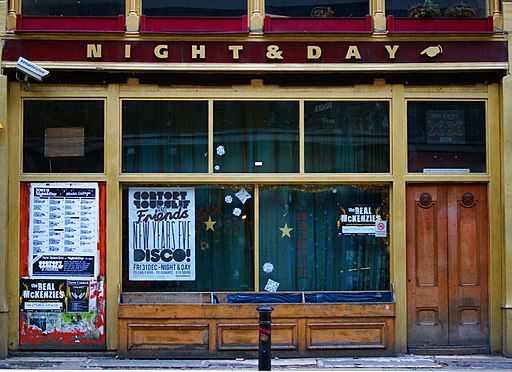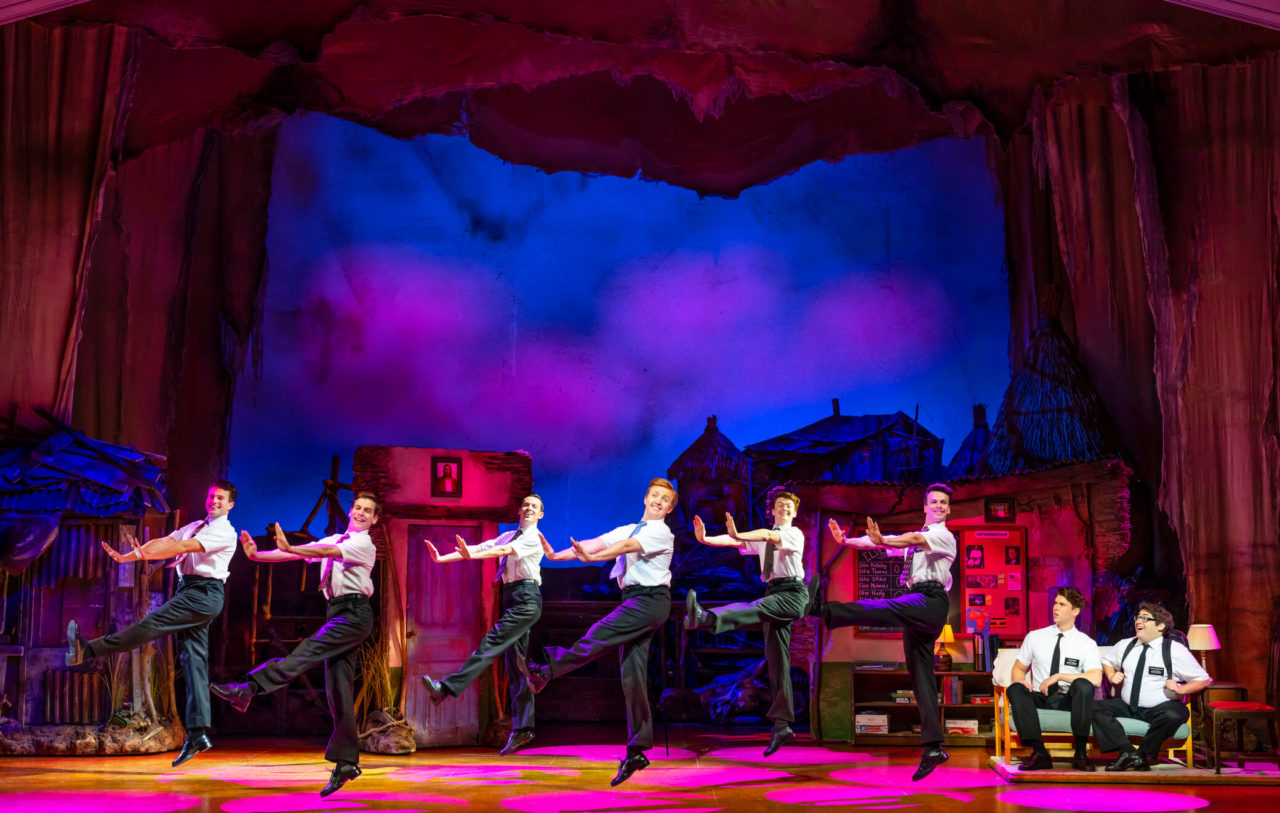Oh Christmas Tree, Oh Christmas Tree, you’re damaging our environment!
Every year, many of us would consider putting up the Christmas tree as a vital step in decorating in preparation for the festive season. However, have you ever thought twice about how your tree may be negatively affecting our environment? It has long been debated which type is actually more sustainable: a real or an artificial tree?
Although it may seem that cutting down a live tree is environmentally harmful, this may not really be the case.
Trees benefit both us, as animals, and the broader environment in several ways. Firstly, by photosynthesising, which produces oxygen for us to breathe and also takes up carbon dioxide from the atmosphere, helping to offset climate change and global warming. This is then stored long-term as biomass of the tree, until the tree is eventually killed by being chopped down, for example for use as a Christmas tree, and then decomposes.
The most popular tree species for Christmas (spruces, firs and pines) are all coniferous, meaning that they produce cones and don’t lose their leaves (or pine needles) in the winter as deciduous trees do. Coniferous trees are particularly effective for carbon capture due to their fast growth.
This all sounds very negative for live tree lovers, however, almost all real Christmas trees are commercially grown in farms, and are grown as any other crop. Particularly some very large trees would probably not be growing if not for the demand on the Christmas tree market, and they provide all the environmental benefits, including carbon capture during this lifetime. For example, the traditionally gifted Norwegian spruce (Picea abies) in Trafalgar Square is usually over 20 metres high and about 50-60 years old.
Furthermore, plantations provide a habitat for animals and other plants, and in some locations, the introduction of more animal, including insect, and plant species is encouraged in order to provide and create a naturally biodiverse habitat. An average 6 ft (about 1.8 metres) Christmas tree (the most popular height) takes about 10 years to grow, during which time it plays a vital role in providing a habitat for other life. Locally sourced trees growing in such locations are the most environmentally friendly.
Most fake trees, however, are produced in China, so are required to be transported incredibly long distances for import into the UK. Also, artificial trees are made of plastic and metal, so use up precious unrenewable resources – oil and minerals – in their production.
Although the UK produces about 5.5 million real trees, it still imports 1.5 million, mostly from Denmark and Belgium. This means that quite a lot of real trees are also imported, but the shorter distance for transportation alone contributes to a still lower environmental impact than fake, manufactured Christmas trees.
What about when we come to dispose of our trees? The fate of trees after Christmas makes a big difference to their environmental effect too.
Nearly 6 million real trees are sent to landfills every year, and this is surprisingly unsustainable. A 6.5 ft (about 2 metre) tree could result in a 16kg CO2 carbon footprint, and also produces methane during decomposition (anaerobic respiration), a greenhouse gas 25 times more potent than carbon dioxide.
By comparison, most fake trees are made of PVC (polyvinyl chloride) which is known to be very difficult to recycle, and can create hazardous waste and airborne pollution during manufacture. A 6.5 ft artificial tree has a carbon footprint of about 40 kg of greenhouse gas emissions, more than twice that of a landfilled real tree and more than 10 time a real tree that is burnt.
If you already own a fake tree, it is best to just keep reusing it; it is estimated that at least 10 years of use is enough to counteract its carbon footprint, and this is better for the environment than buying a real, commercially grown tree every year.
If the old fake tree needs spruce-ing up (pun intended), try to source a second hand fake tree – the more reuses, the more sustainable!
The most sustainable option for real tree disposal is by recycling. The tree is usually cut up into chippings first for faster decomposition, and many local authorities even offer a tree collection and recycling service.
Although burning your tree does emit carbon dioxide, there is no net gain for the environment, as the process of combustion simply returns the carbon captured during the tree’s life back into the atmosphere.
But, the best bet in terms of sustainability is a potted tree with roots. This means that the tree is still alive and therefore will continue to grow and can be used for many years, capturing and storing carbon in the meantime.
In recent years, some plant nurseries and garden centres have even rented out potted trees, to be returned at the end of the holiday season and grown and nurtured for hire again the following year.
So, all in all, it is best to keep re-using your old tree if you already own an artificial one or, if you want a real one, make sure to dispose of it correctly, or acquire a live potted tree. Everyone making small changes to live more sustainably can collectively minimise the environmental impact of the holiday season.
Have a happy and sustainable Christmas, whichever tree you choose!
You can check if your local authority offers Christmas tree collection here.




































